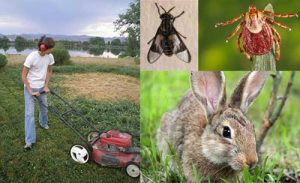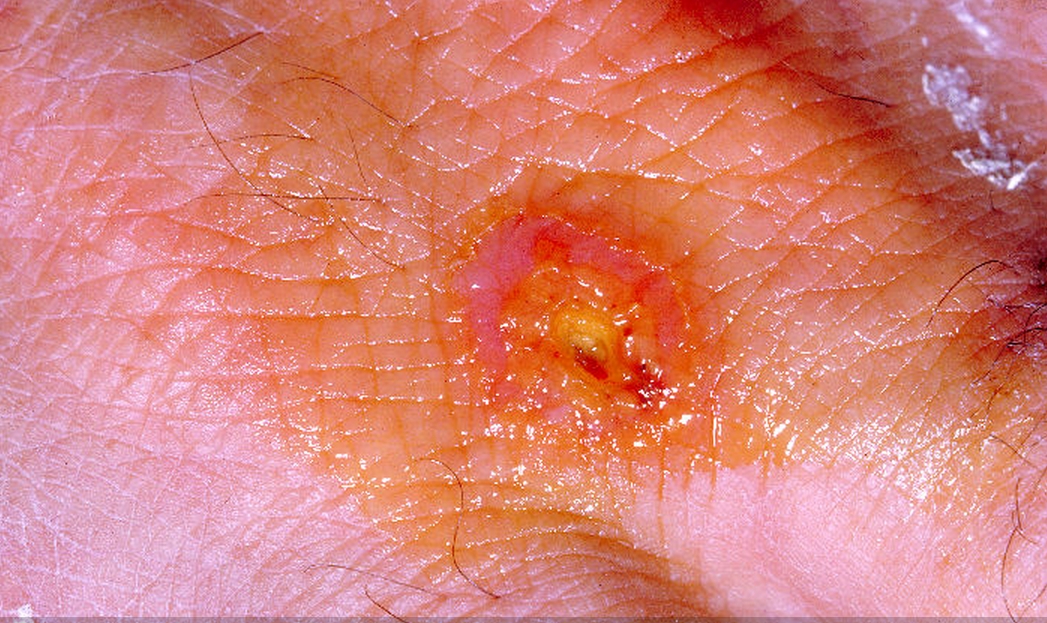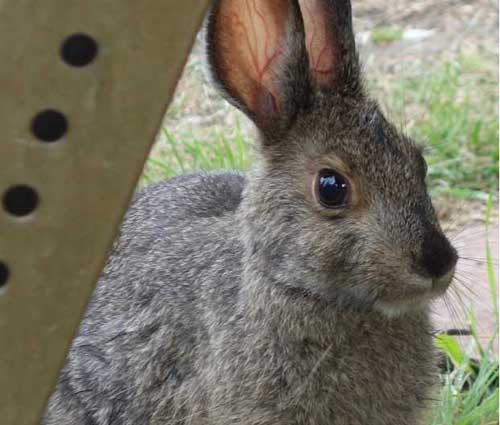
(Fairbanks) — An abundance of hares reported this week, including dead hares with Tularemia and voles covered in ticks, could mean diagnosis of the summer’s first cases of Tularemia in local pets aren’t far behind.
“Tularemia outbreaks in dogs and cats that come in contact with sick hares occur in the Fairbanks North Star Borough every May and June,” said Dr. Kimberlee Beckmen, Alaska Department of Fish and Game veterinarian. “But this year’s high hare population makes me think we’ll see more than the usual numbers of sick pets. We’ve had three hares with Tularemia from the Fairbanks area in the past week.”
An infection caused by the Francisella tularensis bacteria, Tularemia is most often diagnosed in hares and pets in the Interior between Memorial Day and Labor Day because it is spread by hare and vole ticks which are active during the summer. The tick species known to carry the bacteria prefer hares and rodents, but will occasionally bite dogs, cats, or people. Two species of dog ticks have become established around urban areas in Alaska and are capable of spreading the bacteria.
Pets most often get Tularemia from mouthing or catching sick hares. In later stages of the disease, hares become slow and easily caught by pets. People can become infected by handling the hares or from the infected pet’s saliva, even before the pet exhibits signs of illness.
While it can be fatal if untreated, Tularemia is easily cured if diagnosed quickly and the correct antibiotics prescribed. The most common symptoms in people and pets are lethargy with high fever and swollen lymph nodes.
“Tularemia in humans is rare and can be avoided by taking safety precautions,” said Beckmen “Don’t let your pets roam free or have access to hares. Dogs and cats that go outdoors can be treated with a veterinary product that will kill ticks within 24 hours so that disease transmission doesn’t occur from ticks feeding on pets.”
If your pet comes in contact with a dead hare, wear gloves or use a plastic bag to take the animal away from the pet. Double-bag and dispose of dead hares in the trash or bury where dogs and scavengers can’t reach them. Wash hands thoroughly after handling anything coming out of the pet’s mouth. Thoroughly wash scratches or wounds made by pets or wildlife with soap and water and seek medical attention, especially if fever, redness, swelling or flu-like symptoms appear afterward.
For more information, see the resources listed below:
- Email the Wildlife Health Surveillance program at dfg.dwc.vet@alaska.gov or leave a message on the Wildlife Health Reporting and Information Line: 907-328-8354
- More information and a form to submit ticks or dead wildlife for examination is available at: https://www.adfg.alaska.gov/index.cfm?adfg=disease.main
- More information about ticks in Alaska is included in an article in the Alaska Fish & Wildlife News at: https://www.adfg.alaska.gov/index.cfm?adfg=wildlifenews.view_article&articles_id=557
Source: ADF&G
[content id=”35021″]






